Edinburgh Castle has loomed over the city’s spectacular terrain for as long as anybody can remember, making it by far one of Scotland’s most recognizable sights. These ten facts about this renowned attraction may surprise you.
1. The palace is perched above a volcano
There is no need to be alarmed, though, as the volcanic eruption that created Castle Rock last occurred around 340 million years ago. According to archaeological data, people have been residing in Castle Rock since 850 BC.
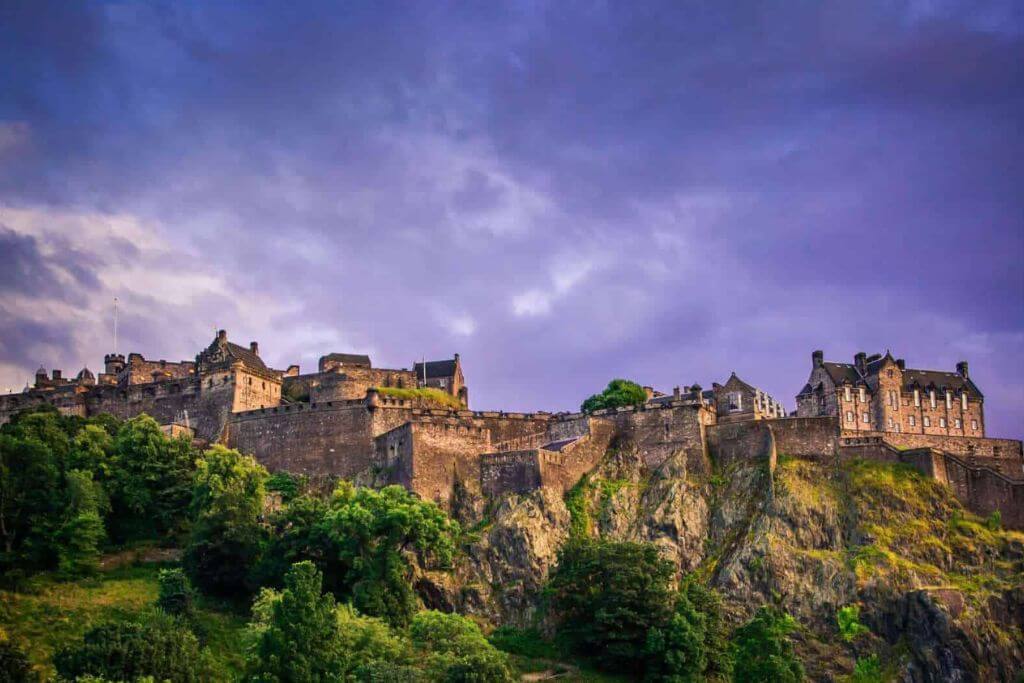
Yet, when it came time to create the Edinburgh Castle that we know and love on the mound in the 12th century, they built it directly above the volcano’s vent plug. Thus, the builders must have had a good deal of faith that the dormant volcano wouldn’t erupt once more, right?
2. It is the area of Great Britain under constant attack
The most threatened fortification in Europe, Edinburgh Castle, has successfully repelled enemy armies 23 times. The Longshanks Siege in 1296, during which Edward I pillaged the castle and transported all of its wealth to London, is one such case.
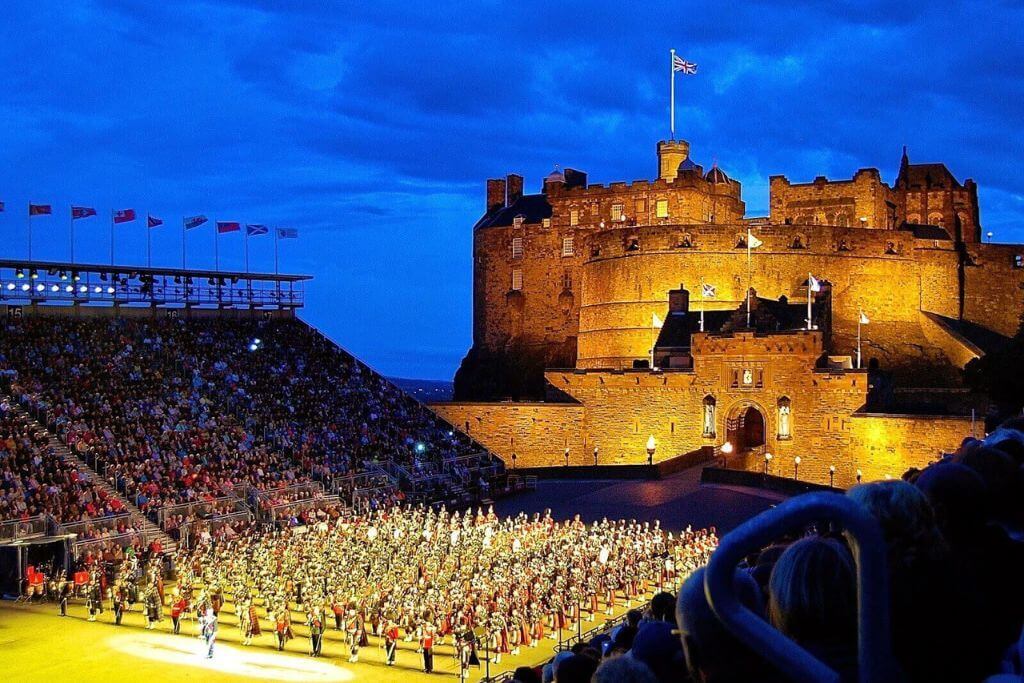
There was also the Lang Siege, which took place between 1571 and 1573 and was fought by the garrison manning the castle in support of Mary, Queen of Scots. The fortification was last under siege in 1745, during the Jacobite Rising, when Bonnie Prince Charlie attempted—but failed—to seize control of it. Since then, the castle has lived a tranquil life aside from the daily influx of tourists.
3. In Scotland, St. Margaret’s Chapel is the country’s oldest structure
The many structures that make up the site date from various eras in Scotland’s history as a result of the tumultuous history of Edinburgh Castle. St. Margaret’s Chapel, built in the 12th century, is the oldest.
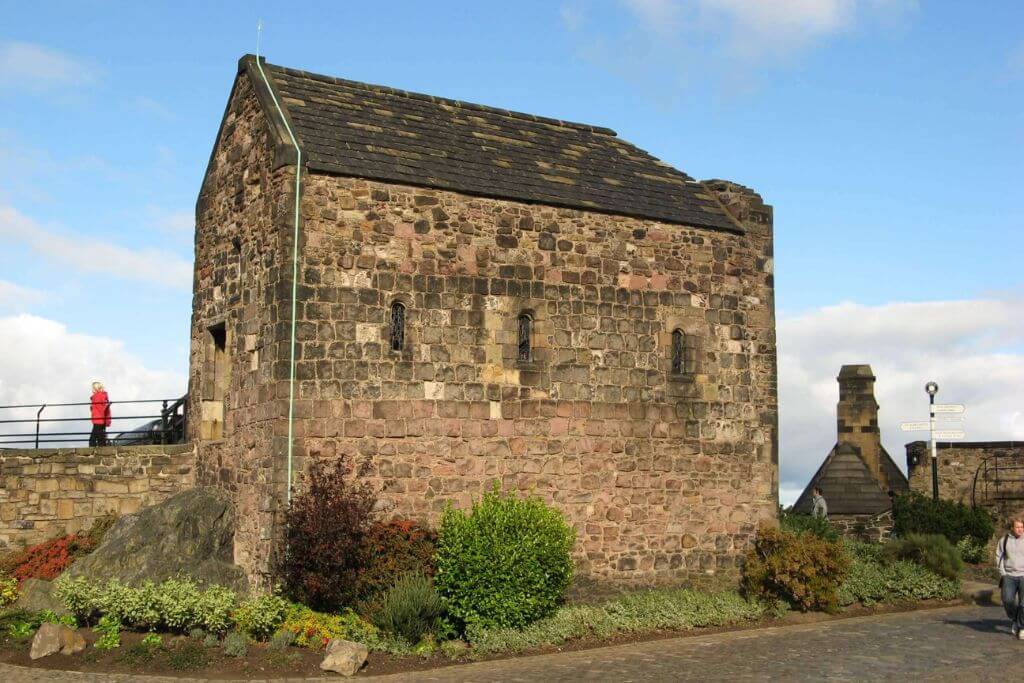
She was given her name after Queen Margaret, the pious consort of King Malcolm III of Scotland, who passed away three days after learning of the king’s death in battle. When Robert the Bruce took control of the castle in 1314, he spared only this one building from being destroyed.
4. Years passed while the Scottish crown jewels were missing from the castle
The Crown, the Sceptre, and the Sword of State are collectively called the Honours of Scotland. This is the sole collection of British regalia that has survived Oliver Cromwell’s purging of royal insignia and was used in the crowning of Scottish rulers.
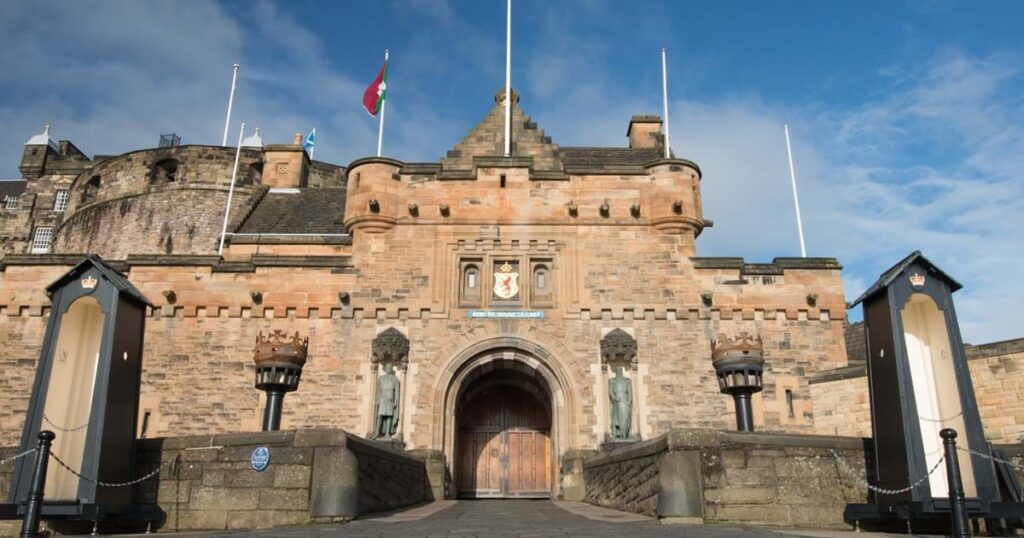
But, following the Union of 1707, which brought Scotland and England under one king, the Honours were hidden away in an Edinburgh Castle chest for almost a century before being rediscovered by Sir Walter Scott in 1818. With one exception during World War II, when they were once more hidden out of concern that they would fall into German hands, they have been continuously displayed in the castle since then.
5. The Lone Piper’s ghost resides in the castle and haunts it
According to legend, hidden passageways leading into various areas of Edinburgh were found hundreds of years ago beneath the castle. For those above to determine where the underground pathways proceeded, a young piper was sent into the tunnels and given the instructions to play his pipes as he moved.

But he stopped playing abruptly, and when they searched the tunnels for him, they could not discover the young piper. According to legend, his ghostly pipes can still be heard beneath the castle today, calling for help.
6. A cannon has been keeping time since 1861
Before there were iPhones or Rolexes, sailors on ships transiting the Firth of Forth would keep an ear out for a distinctive boom emanating from Edinburgh Castle at the same time every day.
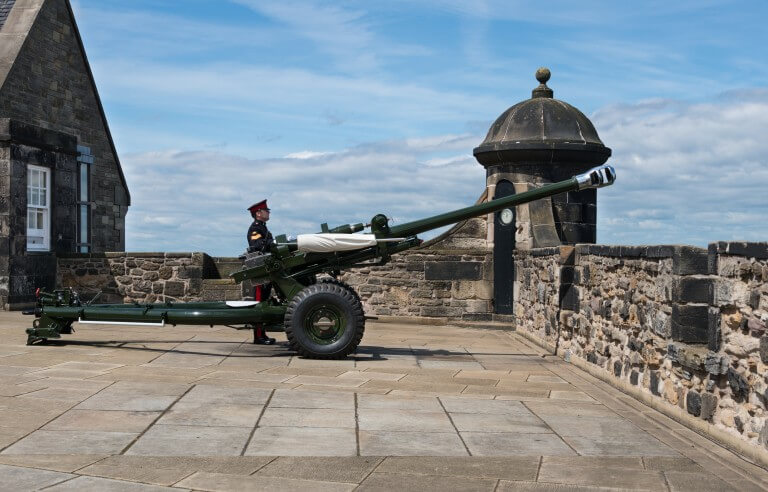
The sailors could set and adjust their chronometers to the proper time thanks to the original 18-pound gun’s shot, which could be heard for miles. Even though it is no longer needed for timekeeping, the castle’s battery nonetheless fires a gun daily as part of a long-standing custom.
7. An elephant previously lived at the castle
We’re not trying to pull your trunk; in 1838, the 78th Highlanders brought a full-grown elephant back to Edinburgh from a protracted deployment in Sri Lanka. The elephant resided onsite with his companions and rose to lead their marching band because the castle served as one of the major infantry barracks.
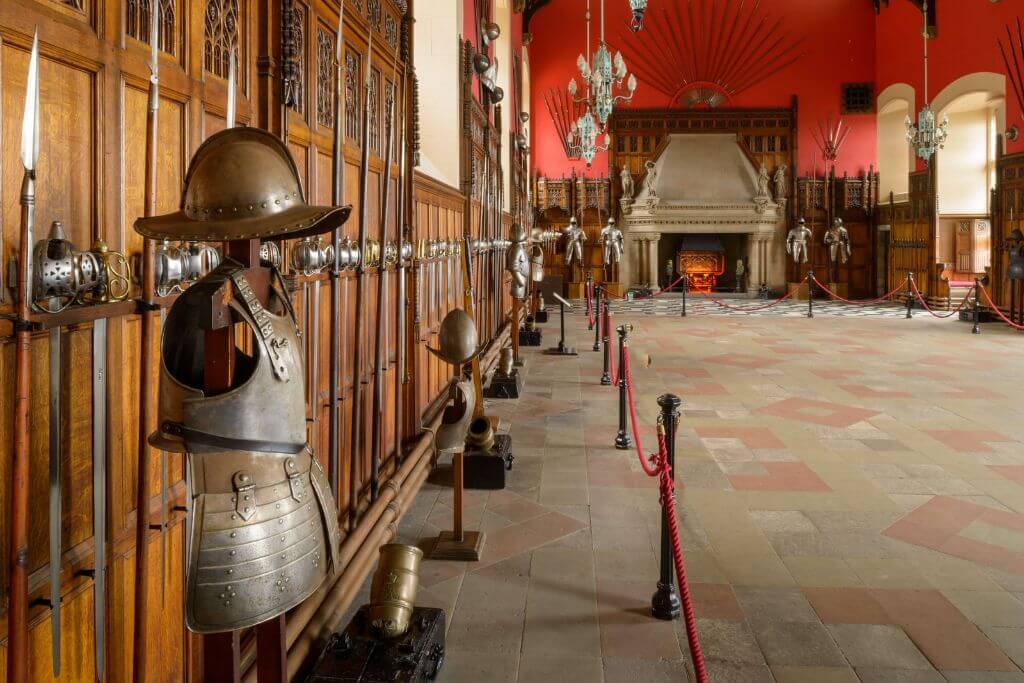
He also developed a love for beer, and it is believed that before going to bed, he reached his trunk through the canteen window to get a pint. His toes are currently on display at the castle grounds’ National Military Museum.
8. The castle was changed by the KGB
You’re aware of the adage about how walls have ears. Little holes were drilled into Edinburgh Castle’s Great Hall in the 16th century by a paranoid King James IV of Scotland, so he could listen in on his courtiers’ conversations.
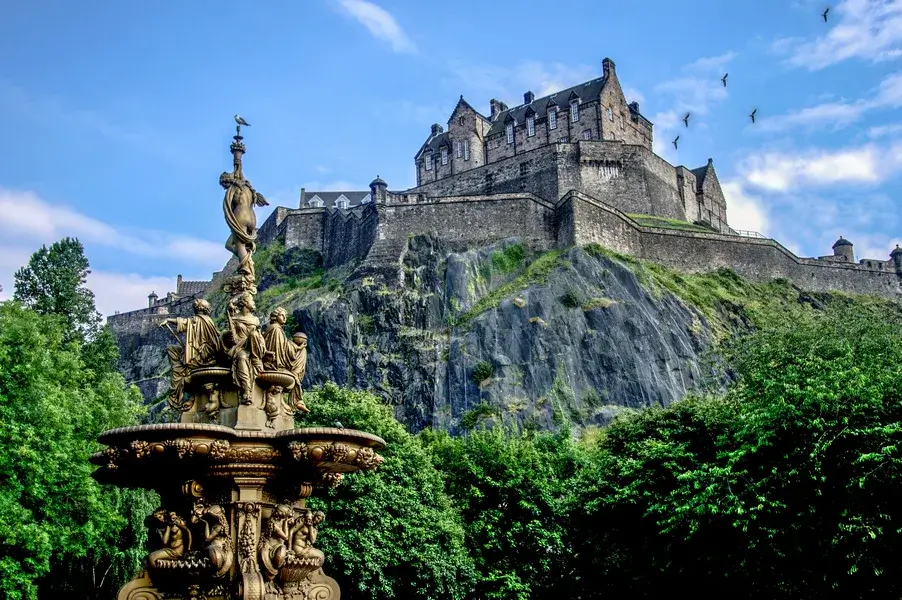
These holes also referred to as the “laird’s lugs” or “lord’s ears,” were kept a secret until Soviet leader Mikhail Gorbachev was scheduled to visit Edinburgh in 1984. The KGB requested that the holes be bricked over before he got to Scotland in preparation for his visit to the castle. Espionage is a constant.
9. Over its history, it has housed close to 1,000 inmates
Aside from royalty, the castle also harbored some very infamous tenants, including 21 Caribbean pirates who were finally given hanging sentences for their crimes. In fact, one prisoner defiantly carved the American flag into the walls of the castle’s vaults.
At the same time, he was imprisoned, today thought to be the oldest representation of the Stars and Stripes in history. Edinburgh Castle also imprisoned a number of Americans during the War of Independence.
10. The grounds of the castle include a dog graveyard
There is a little piece of ground off the main route to Edinburgh Castle that has been set aside since 1840 for the canine companions of Scottish battalions. These canines are honored for their loyalty and service by being buried on castle grounds, a practice typically reserved for nobility and distinguished soldiers.
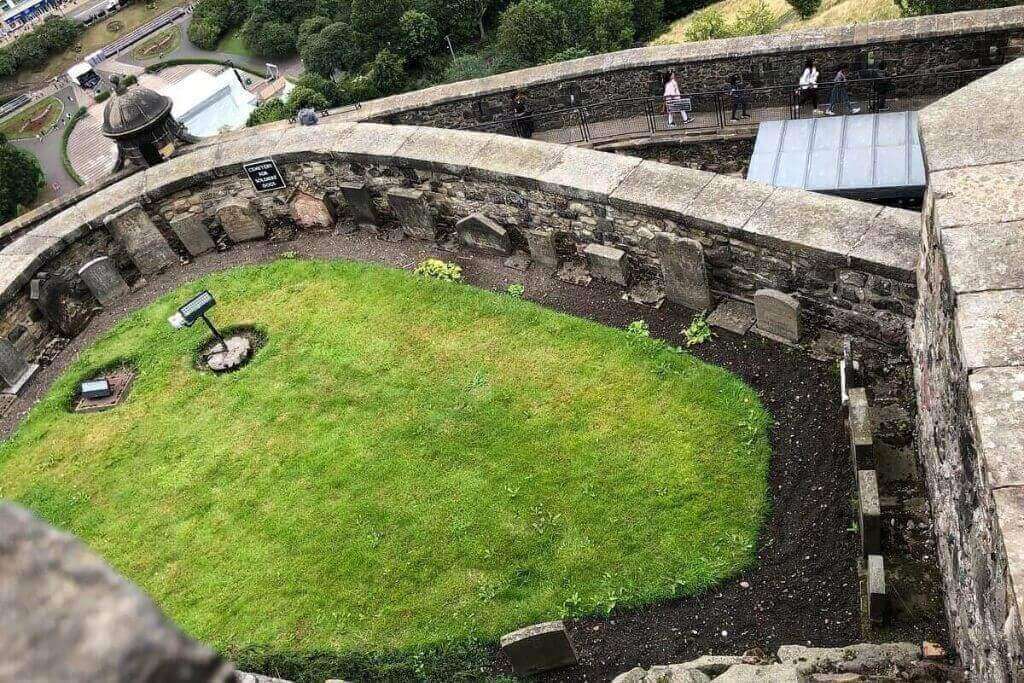
Examples include Jess, the beloved mascot of the Black Watch 42nd Highlanders, and Dobbler, who accompanied the Argyll and Sutherland Highlanders from China to Sri Lanka and South Africa. The garden is visible from the Argyle Battery above, but visitors are not permitted to enter the cemetery.
